Amanda Pérez interview
06.09.2023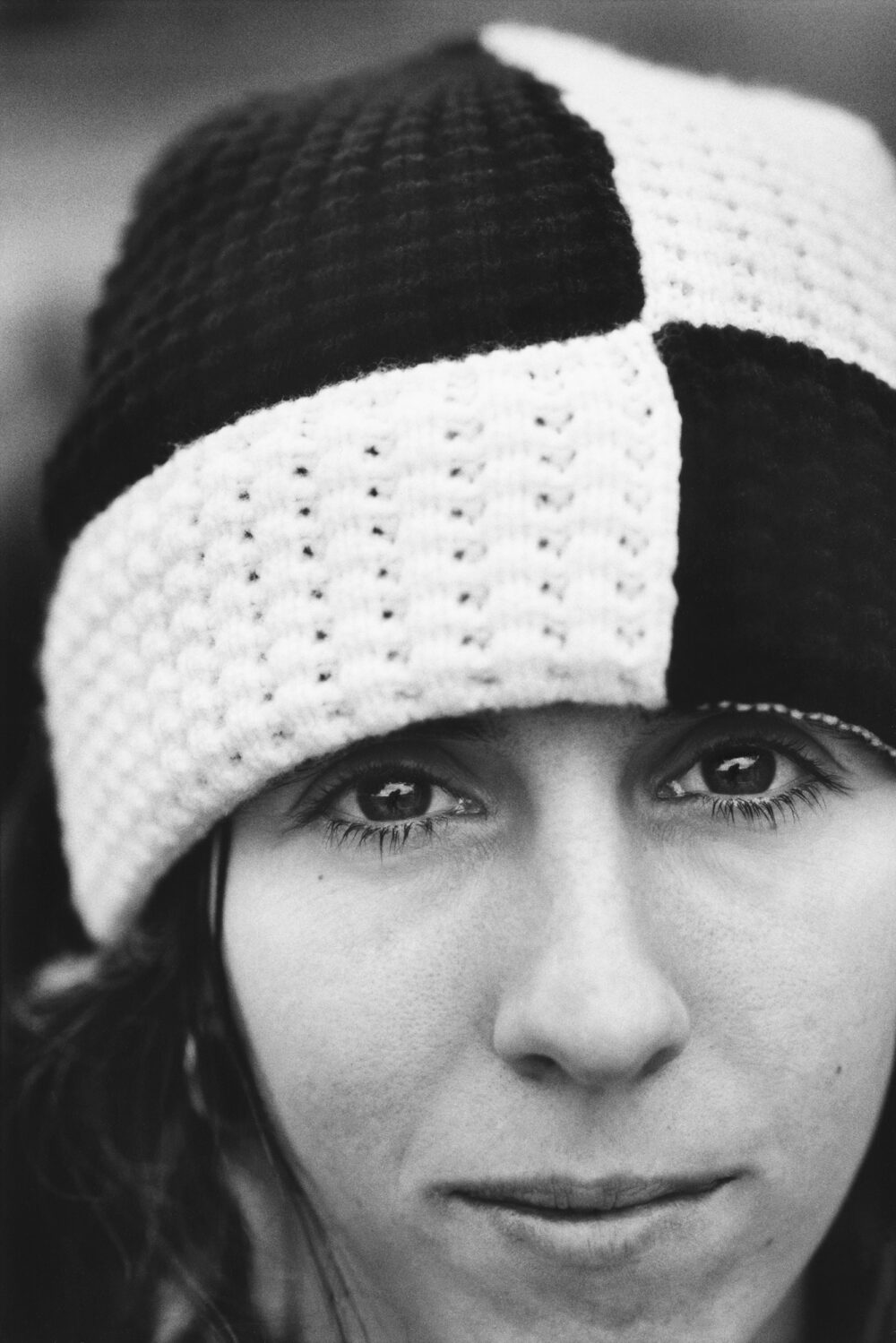
Portrait: Kembery
Photography: Collins
Interview: Kingsford
Where did you grow up?
I was born in Montevideo, the capital of Uruguay, which is a small country just between Argentina and Brazil. It’s next to Río de la Plata, which has some of the most beautiful beaches, a subtropical climate and is mostly known because tango originated there. A fact I’ve always found funny about Uruguay is that there are around 12 million cows compared to around 3.4 million people in the country, so the meat industry there is pretty big.
What memories do you have from growing up in Uruguay?
I remember going to the carnivals, which are a massive part of the culture there, and the candombe, which is a style of drumming and dance. There was this little park near our house where we would always go on the weekends to play with bikes and rollerblades and ride the ponies. But I also remember walking to school with my mum and seeing families just sleeping in the streets. I realised from a very early age the amount of poverty in the country, which sadly hasn’t changed much in the past years.
At what age did you move to Spain and what brought your family to Madrid?
We moved to Spain in 2004, when I was eight. There was a big economic crisis in Uruguay and we weren’t doing great. My parents started thinking about how the future would look for my brother and me if we stayed there and made the decision to cross the pond to find somewhere that could give us more opportunities to go to uni, have a good job and live a better life. My dad had a Spanish passport, as my grandparents were originally from Spain, so that facilitated moving there. Madrid has almost as many inhabitants as the whole of Uruguay, so it was a big change, moving to such a busy city.
What do you remember about the move?
My dad moved to Madrid one year before my mum, brother and I. He wanted to make sure he could find a job before we moved our whole life there. After that year, with everything looking brighter, my parents packed everything, including furniture, and put it on a boat to Spain. Luckily we travelled by plane (laughs). I don’t think I really understood what was happening at the time. During his first year in Spain, my dad had to live in hostels, got kicked out of places and finally found this lovely woman in her 70s who rented him a room. When we arrived, she let us all stay with my dad for a bit until we got a flat. She was an angel.
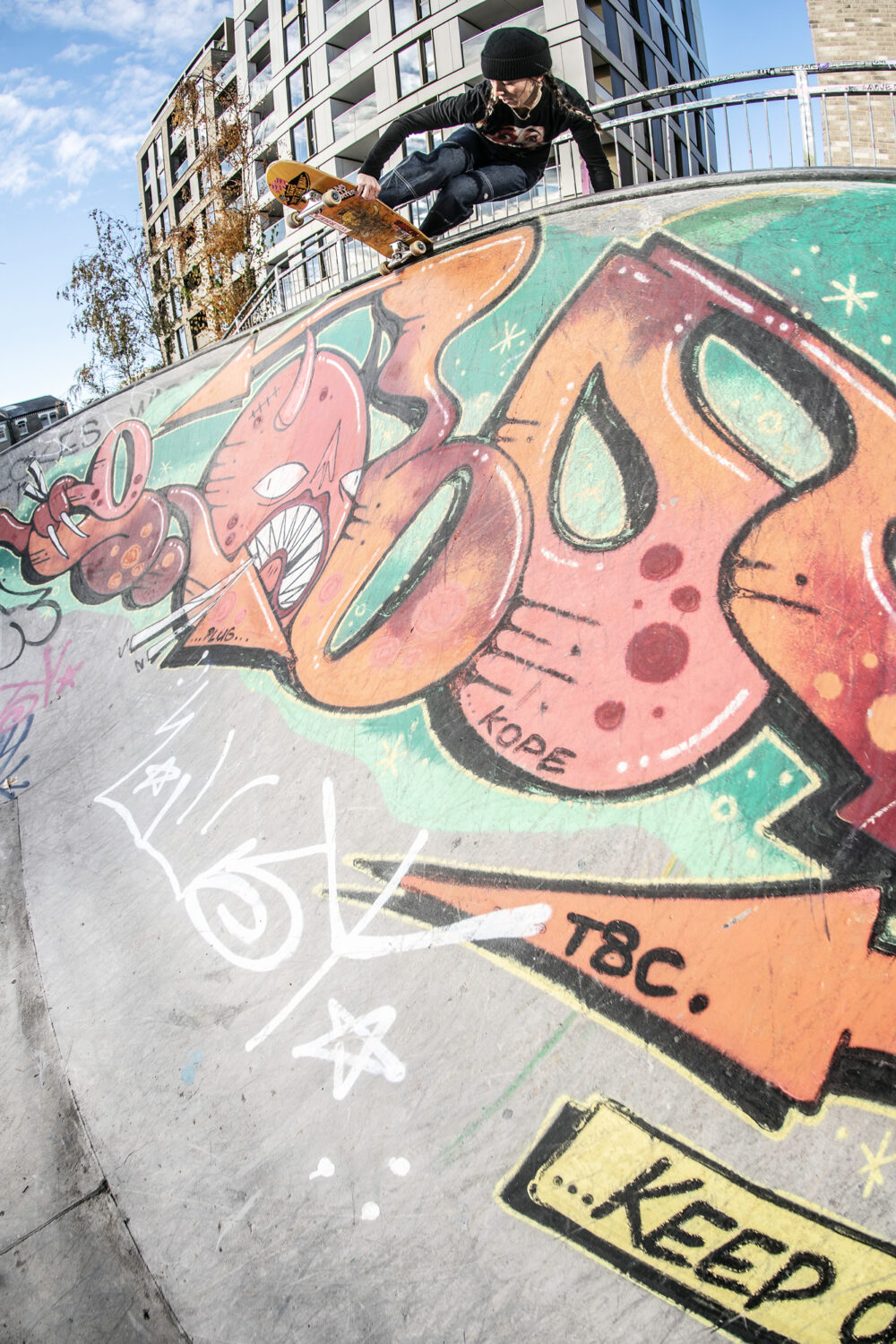
How did you start skateboarding?
I would always see these kids skating in an abandoned street next to where we lived. One time my grandpa was visiting us and we went to a Cash Converters next to my house. There was this complete skateboard with a graffiti guy on the board and I just thought it was so cool my grandpa bought it for me. It was basically a piece of plastic (laughs), but I was so stoked with it. I started going to the abandoned street and became friends with everyone there. I was 14. My parents would also take me to skateparks and some comps.
I read in your Vague interview that you got into skating transition because of a mini ramp in a disused factory.
It was an old tobacco factory. It’s this massive space with different areas for creative people. First they built a super-crusty quarter in the yard and then they put a mini ramp inside one of the sheds. It was a tiny space, but we managed to get the keys and we would go there all the time. It was the first transition I ever skated.
You’re into transition skating and the DIY scene. Who in Madrid influenced you in this respect?
Everyone at Escombro DIY was a huge influence. We spent so much time there and they would always build the most fun little obstacles to skate. The Spotter crew in Barcelona has definitely influenced my skating as well. They built those gnarly ramps from scratch and skate them as if it was the easiest thing ever – mad respect to them!
Were any other parks or spots in Madrid particularly important in shaping how you skate?
Apart from Escombro I would say Legazpi skatepark. It was probably the first proper smooth park I skated and having lights there was always a blessing on summer nights. There is also Nepal skatepark in the north of Madrid. The transitions are super-steep but fun and some sick skaters have come out of there. It used to be an all-red concrete skatepark so maybe Stockwell reminds me of there.
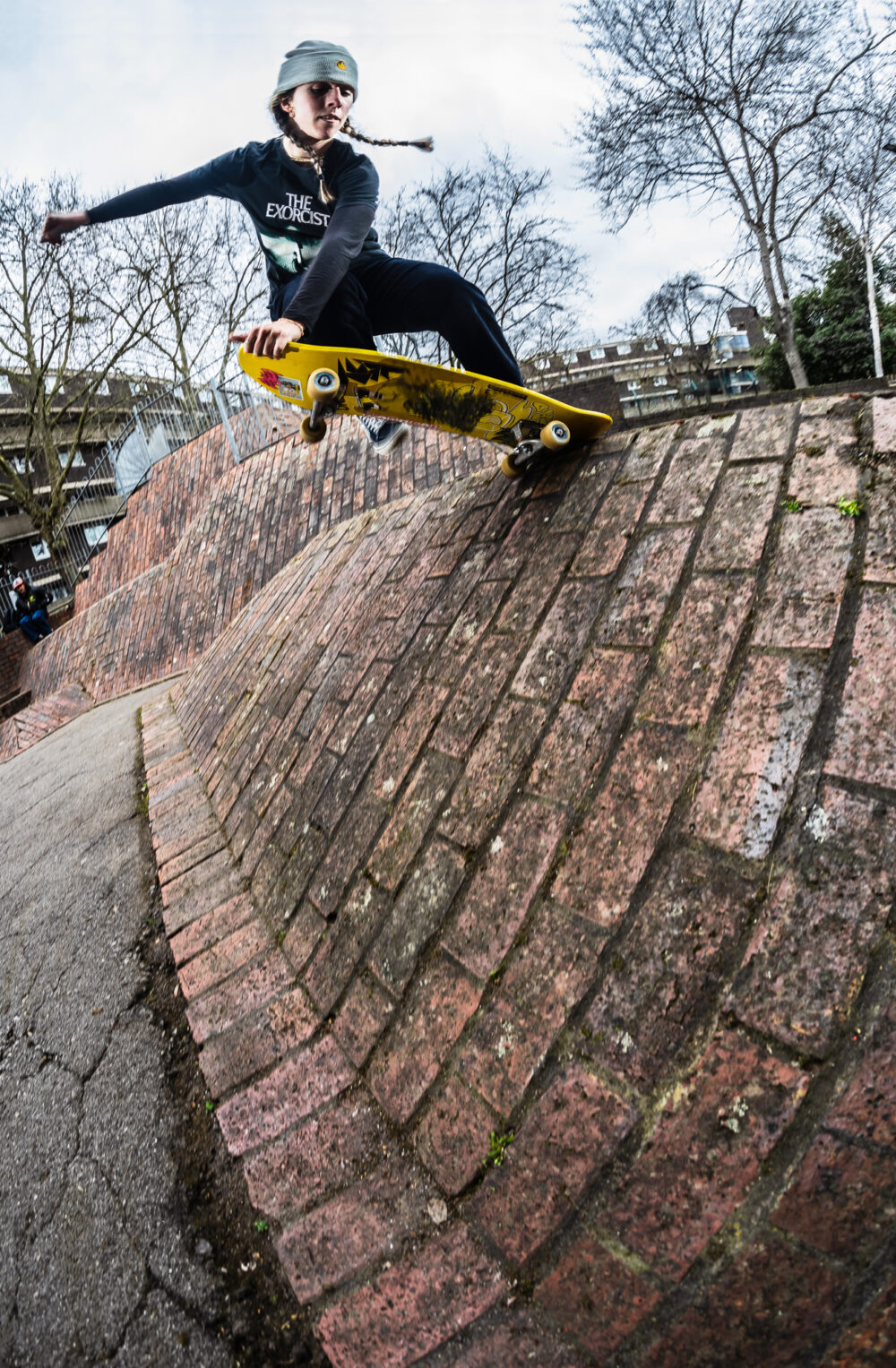
Who was your first sponsor?
My official first sponsor was a shop called Old School Shop in Madrid. It was run by a super-punk mum and her son. They had a tiny shop and then opened a bigger one with a tiny mini ramp inside and a burger bar, with the skate shop at the back. It was quite a fun place to go hang out and eat good food. The people they had on the team were super-punk – loads of black skinny jeans and studded belts.
You started spending time in London before you moved here. Tell us about those trips.
My parents first brought me to London for my fifteenth birthday – quinceañera is when you turn 15 and in South America it’s a big deal. I loved it since that first time. Then my best friend moved here some years later and I started to come and visit him and go skating on my own, meeting new people. Everyone was so welcoming and I loved the skateparks like Stockwell. I think I was lucky to meet the right people so that it just felt like I belonged here.
What made you finally decide to move to London?
It was quite a mix of different things. I loved the city from the beginning and felt like it was time for a change after finishing uni. All the great friendships and relations definitely played a massive role as well. My plan was actually to drop out of uni when I had only one year left but I listened to my parents and decided to finish the degree. I left a few days after I graduated.
How connected are you to the Madrid scene today?
I stay in touch with everyone I used to skate with there and keep an eye on what the shops and communities are up to. The guys from Welcome (skate shop) are rad and always putting on events for everyone at the DIY or different spots. I’ve always admired everything they’ve done for the Madrid scene.
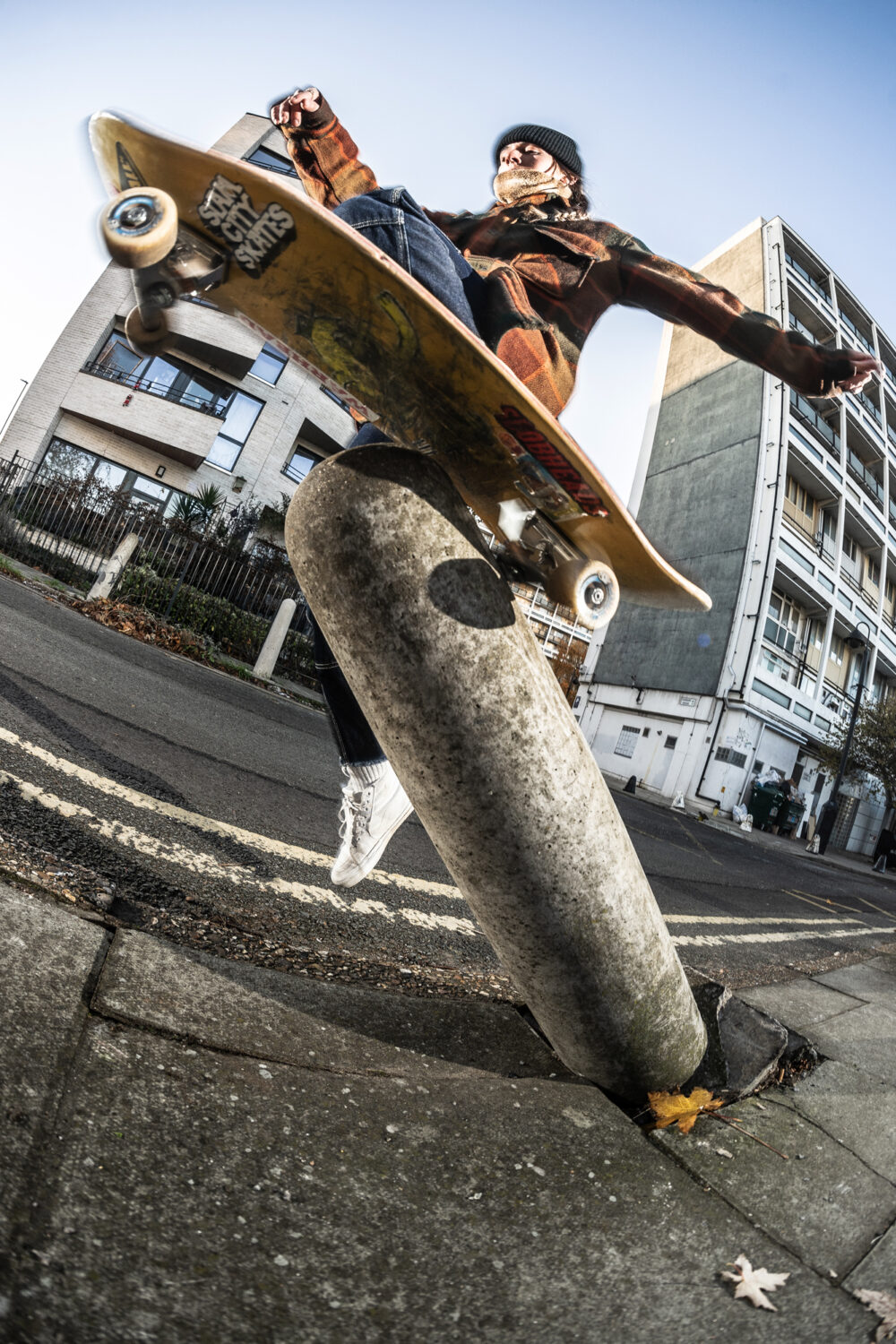
Tell us a little about your relationship with Stockwell.
Stockwell is my safe space (laughs). It was one of the first parks I visited and started to meet people at, like the Brixton’s Baddest lot and all the legends. Most of my best friendships started there so it means a lot to me. I didn’t know much about it before – I knew it was one of the oldest skateparks and I think I had seen some videos of (Jake) Snelling / the Blast guys skating there. The first time I went I do remember thinking it was a weird skatepark with all the bumps. We don’t really have parks like that in Madrid so I found it very fun and something different – lots of ideas just came to my mind. Everyone was super-nice and friendly and each time I went it was the same: just a bunch of great people to hang out and skate with.
How has the scene at Stockwell changed since you first visited?
I don’t think it has changed that much and maybe that’s why I like it. It has only changed since being resurfaced (during summer 2022) – the park not being as crusty as before has definitely brought new people there.
How do you rate the renovation by Betongpark last year?
They’ve done a great job and what’s most important is that they knew how special the park is to everyone and how important it was not to make any drastic changes. They took everyone’s feedback into consideration and listened to the locals… and even made it red again!
How did you get sponsored by Blast?
I had the brand on my radar after seeing it online and decided to buy a board when I was still in Madrid. I emailed (Matt) Bromley (Blast founder and owner) asking about shipping and saying how much I loved the brand (laughs). I was such a fangirl of Blast. I think it might have been a year later, I was in London and randomly met Bromley at Stockwell, we started chatting and the rest is history. I love Blast and it feels like the team suits the brand so much… and the mascot is the cutest thing ever too. Bromley also understands everyone’s differences and needs and is super-supportive with any plans you have.
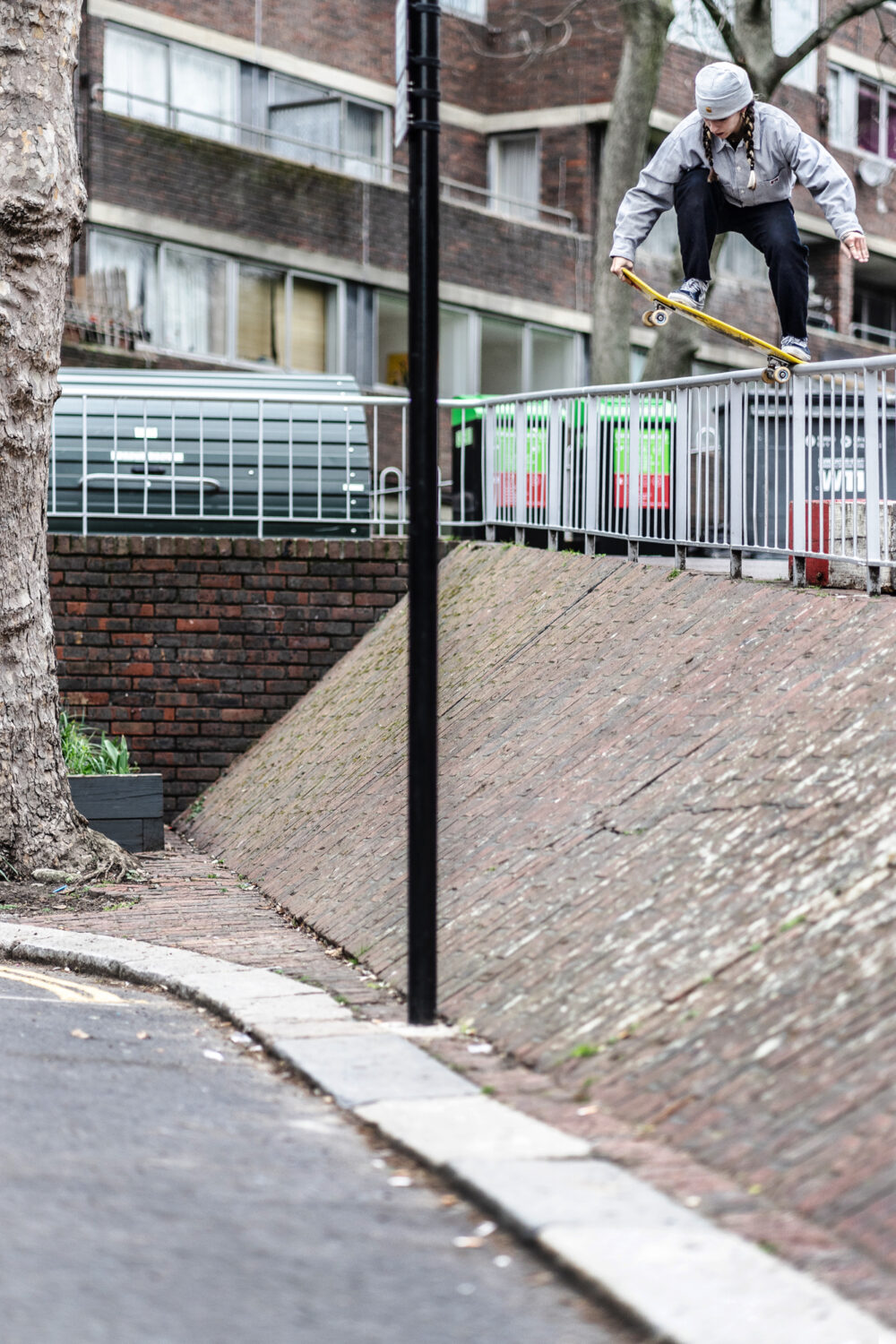
For anyone not familiar with how Blast works, can you tell us a little about the operation?
They started Gnosis (MFG, skateboard manufacturer) in 2019 where they were making the boards from scratch and fully made in England. It was really sick. Unfortunately, due to Covid and the costs of everything going higher, it was really hard to compete with overseas prices. It was a three-man operation against big producers, so they had to shut down in 2022. They managed to start the signature series while they were up and running, which was rad. Each rider was able to choose their own shape, artist to design the graphic and any other apparel or little accessories they wanted for their collection. We had complete freedom.
Who is in your skate crew in London and where are your top three places to skate in the city?
Stockwell crew is the best! Stockwell is definitely my favourite place to skate in the city – I struggle to escape it. Early morning sessions are the ones. Then probably the Grove DIY and anywhere with a crusty / DIY transition (laughs).
Which skaters inspire you / have inspired you most over the years?
When I started skating it was Marissa Dal Santo – I probably watched her Zero part about 100 times. More recently it’s been Fabiana Delfino – she’s gnarly and I love her style on transition. On a local level I love Ben Broyd’s skating and I just really enjoy watching my friends skate, the Stockwell lot and the Warhead boys.
Who are some younger, up-and-coming skaters people should look out for?
Lola Tambling for sure, she’s killing it.
How did you start working at Vans?
It all started when I broke my ankle at House of Vans early in 2019, about two weeks after I started skating for Vans. I couldn’t carry on working where I was at that time, so I started applying for lots of jobs and saw an internship opening with Vans. At that time I was just applying to anything to get practice with interviews. I had my final stage interview with Vans and somehow got the job! I went to the interview on crutches so maybe they felt sorry for me (laughs).
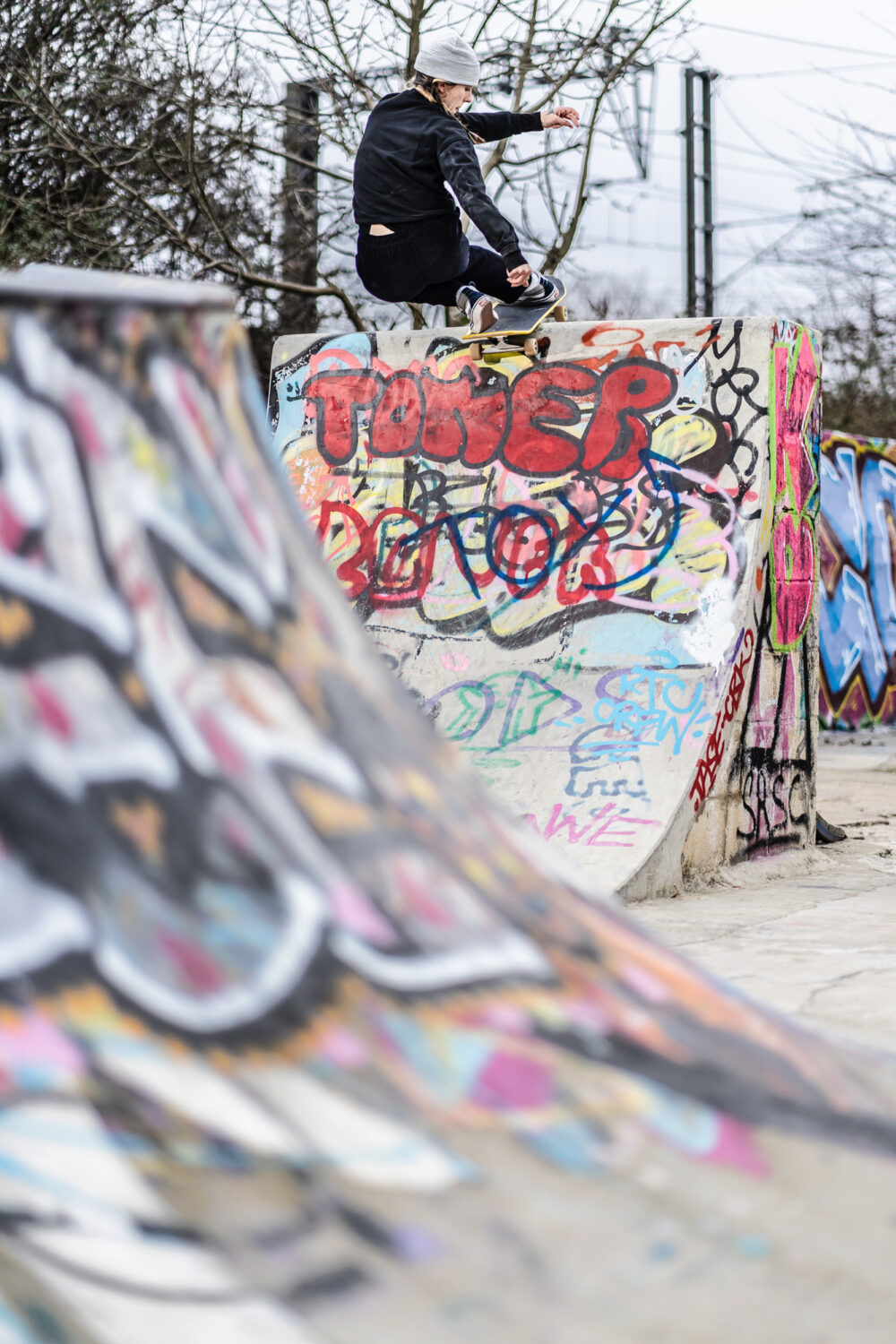
Describe what you do at Vans.
For the past year and a half, I’ve been leading action sports marketing in the UK and Ireland, which involves skateboarding, surf, BMX and snow. I plan all the marketing campaigns for key product stories in the region and any brand initiatives, work daily with the accounts, media, organise events like Shop Riot and any grassroots projects we support, deal with sponsorships and partnerships, plan the budget for the year, deal with the skate team… the list just keeps going!
How have you found that role?
It’s great because it gives me the opportunity to focus on the sports and the needs each of them has. I love working with communities and those are the projects I’ve been most proud of. At the end of the day we are part of a big corporation, but the wider team is so passionate and everyone actually cares about the people they support and work with, so it’s not just a man in a suit behind the brand. Everyone looks out for the greater good instead of just trying to tick a box in the corporate world. I used to struggle with public speaking and felt anxious when we had big meetings. I feel like this is still a work in progress, but it has definitely gotten better.
It’s a cliche, but I wondered if working in skateboarding – I assume sometimes in stressful circumstances – takes away any of the magic, enjoyment or passion from the act itself?
Yeah definitely. I feel like some people just see it as a dream job and maybe it is taboo to say that it is not always great. On the weekends I would always be looking forward to going skating, but if you’ve been working on different projects all week sometimes it kind of sucks all your energy and the last thing you want to do or have energy to do is skating. Sometimes at the big events it does get really stressful and I wish I could just be sitting there enjoying it with my friends or having a skate rather than running around making sure everything is going OK. But I feel very grateful to be where I am and to be able to support different sides of the scene like the community or grassroots projects and for all the friendships that have come out of those.
You were back in Uruguay earlier this year. Tell us about that trip.
This was the second time since we moved to Spain that my parents, my brother and I went back to Uruguay together. We decided that spending NYE with the whole family would be nice. We were there for a bit over two weeks. It was really busy as our family is big and we wanted to make time for everyone. We visited the house where we grew up and just had lots of family time and nice food. I hadn’t seen most of my family in four years so there was a lot of catching up to do.
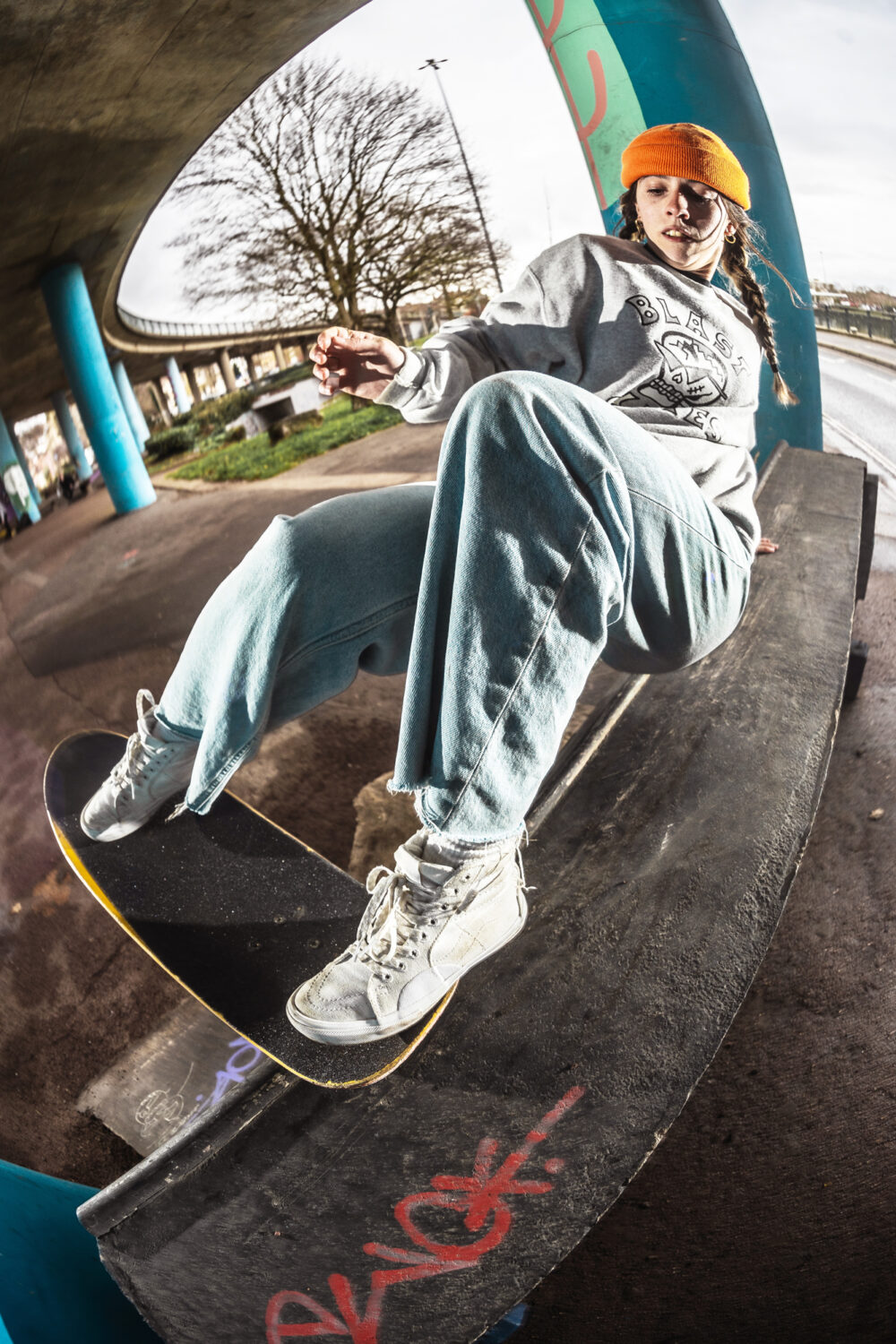
How is the skate scene over there?
I think the scene is growing slowly but steadily. They’ve been building a few more parks but the old ones that are still around are pretty crusty. Thrasher has done some trips recently, which has helped put Uruguay on the map for the skate community.
What are your top three Uruguayan foods?
Dulce de leche (caramelised milk), alfajores (pastries with dulce de leche) and grilled provolone cheese.
What are your plans for the future? Do you see yourself staying in London?
I’ll be staying in London for the foreseeable. I do struggle during winter, so taking more trips to escape the winter here would be nice. I want to keep travelling as much as possible and keep working on some cool projects that motivate me. Definitely more skating and getting out of the comfort zone.
